The do’s and don’ts of running with your dog
Your dog can be your best exercise buddy, but follow these rules to make sure your best friend stays safe on the run
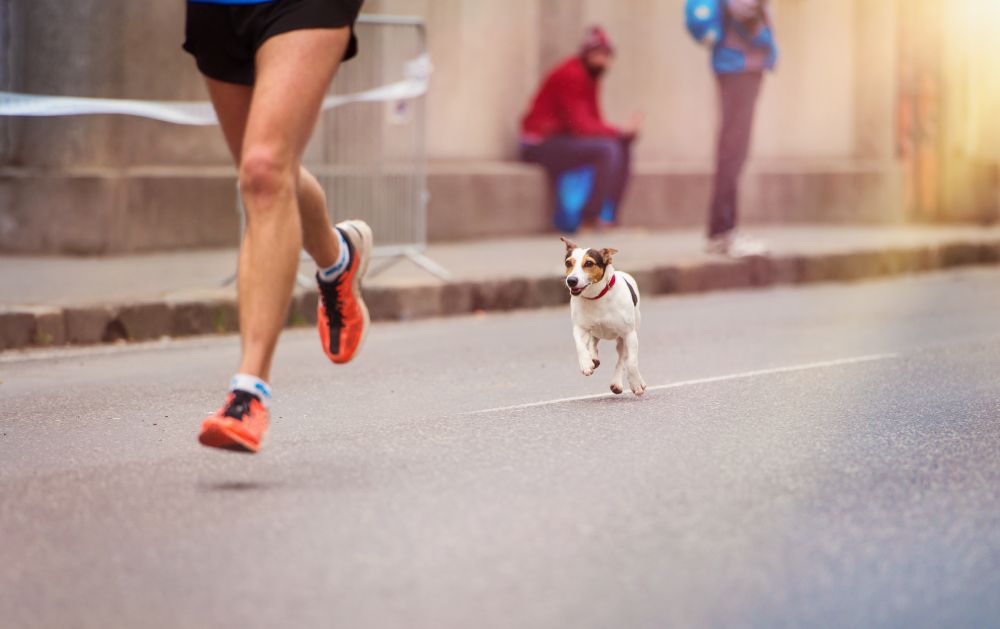
Man’s best friend can also be man’s best workout buddy. Running with your dog is a great way to keep both of you in shape, but there are a few things to remember if you want to keep your pooch safe. Before you hit the roads with your pup, check out these do’s and don’ts to ensure running remains a healthy activity for Fido.
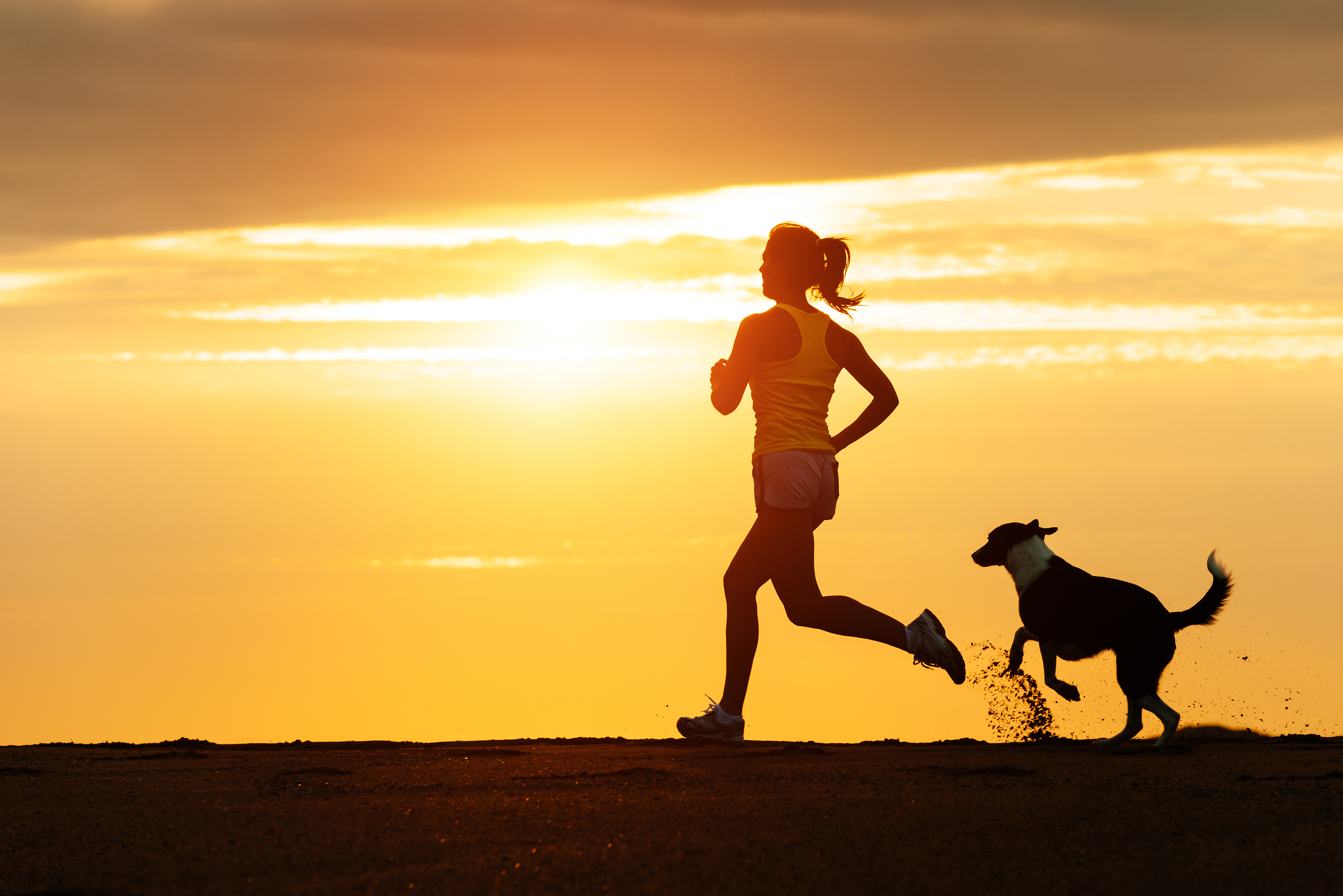
Do
Check with your vet. Your vet can check and make sure your dog is ready to run, and provide advice about how much running is safe for its size and age. They may also make suggestions for any nutrition changes you might need to make to your dog’s diet to accommodate for their activity level.
Start slow. You probably didn’t run a full 5K the first time you went for a run, and neither should your dog. Consider going through a “learn to run 5K”-style program for your dog, especially if they were previously very sedentary.
Start with a warm-up walk. Before every run, even if your dog is an experienced runner, start with a few minutes of walking so your dog can warm up. This will also give them a chance to sniff around and bit and do their business before you get going.
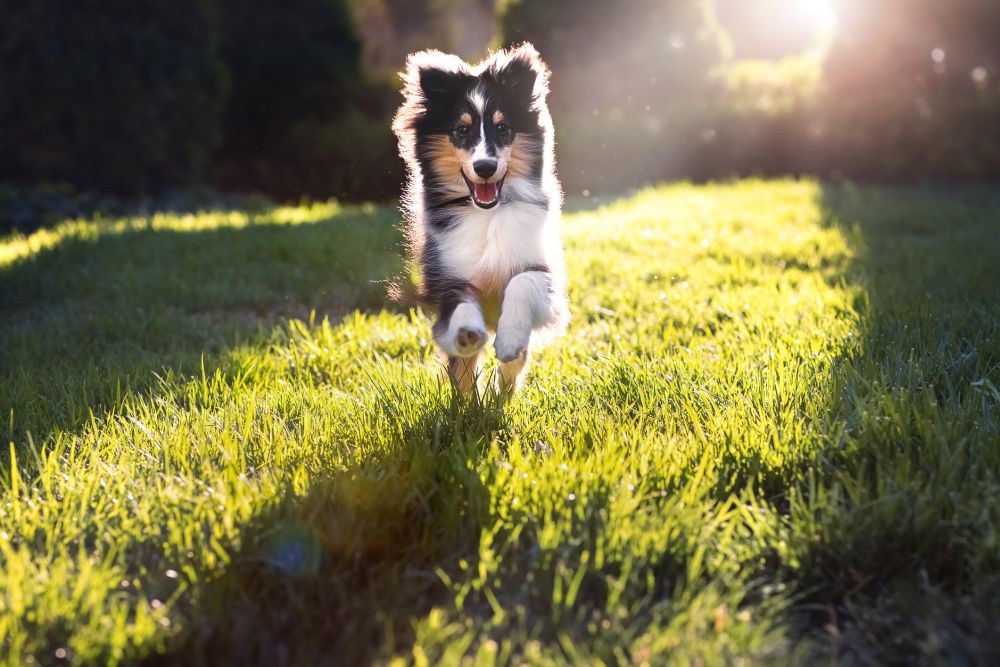
Hit the trails. Dirt trails are often easier on your pup’s paws, and the sounds and smells in a trail will be a lot more interesting for them, too! Just make sure you check ahead of time so you know the rules of the trail and ensure your dog is allowed.
Use tick protection. This is particularly important if you plan on tackling the trails. Before you head outside with your pup, check with your vet to make sure they’re up-to-date on their tick medications, to protect them and you.
Train your dog to be a good walker first. If you want to run with your dog, you have to leash-train them on walks, first. They should know to walk beside you without pulling on the leash, and should be good at listening to your commands in an outdoor environment.
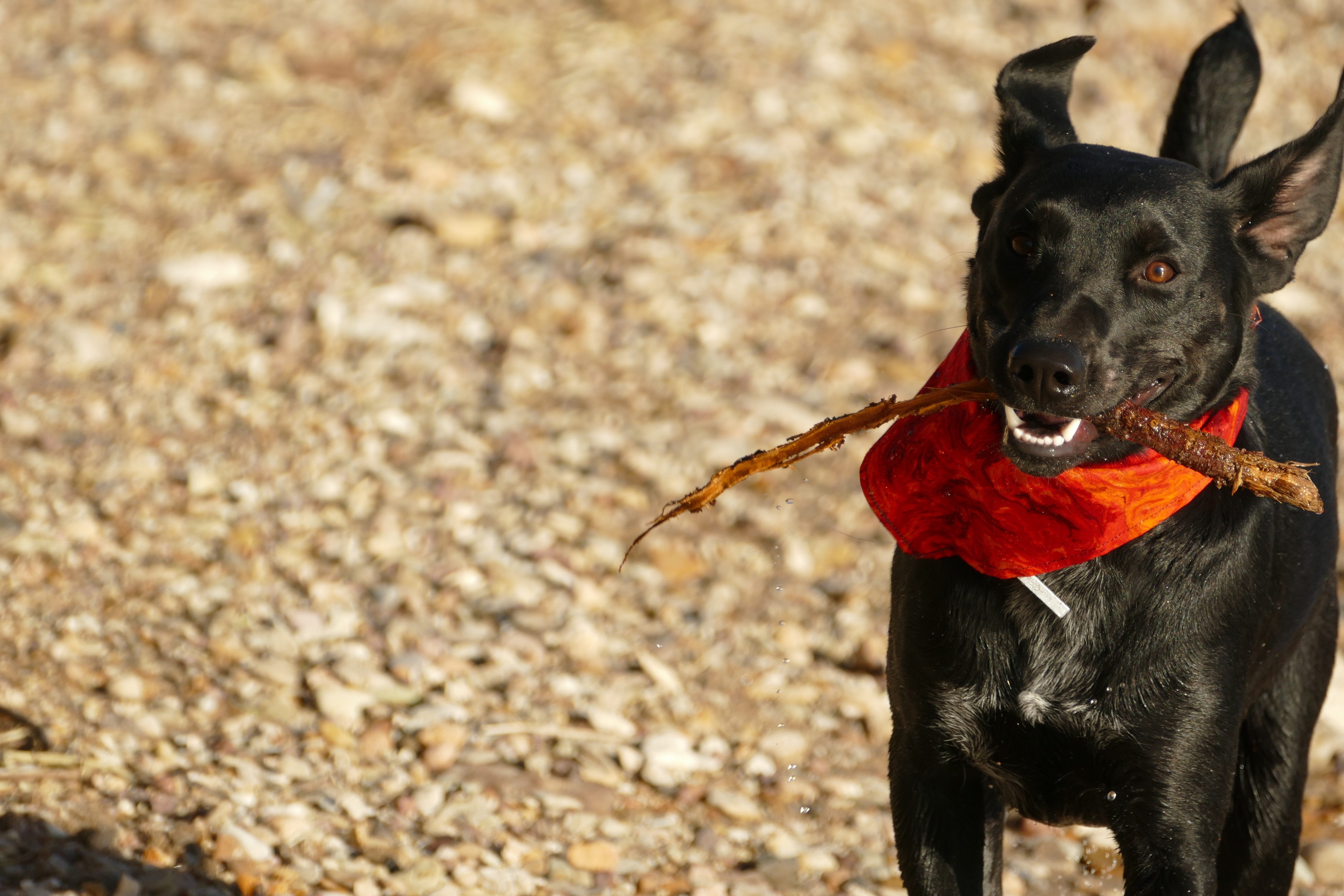
Take water breaks. Your dog can’t really tell you when they’re thirsty, so be proactive and take planned water breaks every 15-20 minutes. Bring a collapsable bowl for easy drinking, and give them plain water — don’t share your sports drink with them.
Check their paws afterward. After each run, check the conditions of your dog’s paws. Look for any cuts or injuries, and take extra care in the heat, when their paws are more susceptible to burns on the hot pavement.
Watch for warning signs. During and after your run, monitor your dog for signs of heatstroke or exhaustion, like lethargy, weakness, drooling, dark red gums, bloody diarrhea or panting so much they can’t catch their breath. If you think your dog is overheating, find a shady or cool spot to rest, give them some water and consider pouring a bit of water on their body to cool them down.
Make sure they’re having fun. Is your dog’s tail wagging? Do they get excited every time they see you reaching for the running leash? If he seems uninterested or doesn’t seem fully recovered from your last run, you’re probably better off leaving him at home.
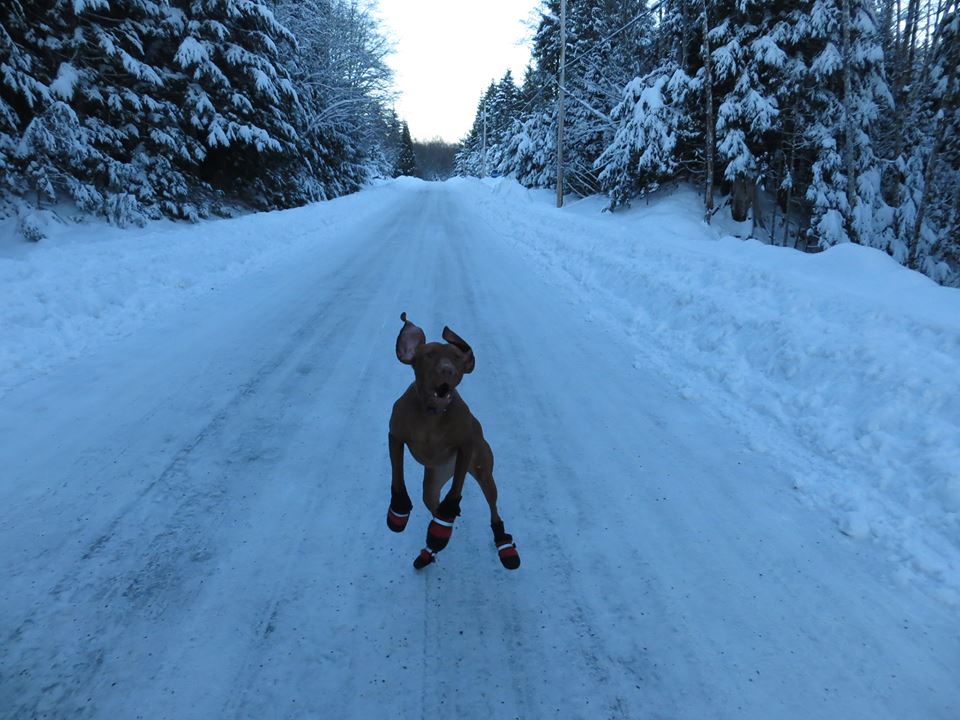
Don’t
Assume your dog’s a runner. Your dog’s breed, age and current health status will have an impact on its ability to run. Not all breeds are built well for continuous running, and older dogs may have joining problems that could be worsened by “forced running.” Again, if you’re not sure, check with your vet.
Let them pull you. This can be dangerous for you since it increases the likelihood that you’ll fall and injure yourself. It also creates potential danger for other people who are out using the sidewalk or running path. Keep your dog on a shorter, four to six-foot leash, and make sure they stay by your side to keep pedestrian areas safe and enjoyable for everyone.
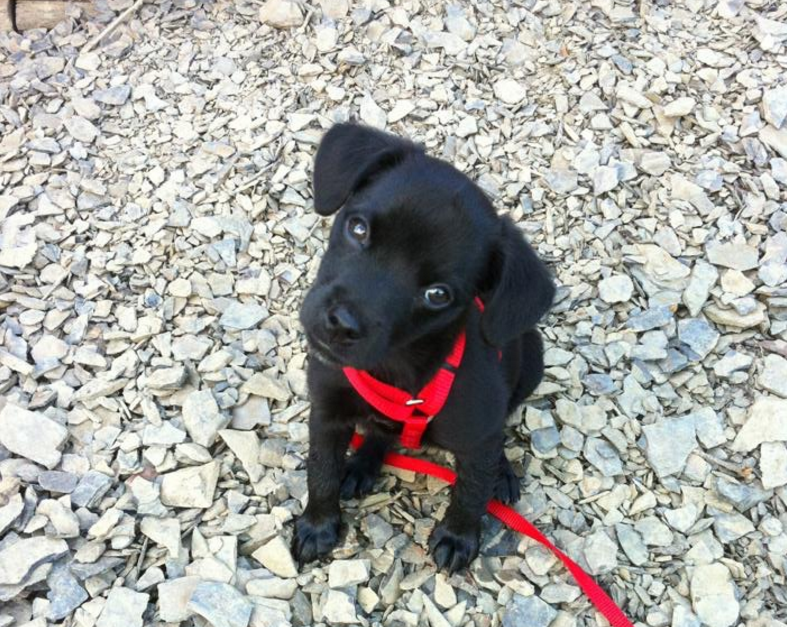
Start them too young. You shouldn’t take your dog on “forced runs” before its joints and bones have fully formed. If you have a young dog, you should wait until its growth plates have started to close before you start running with them. How long this takes will vary by breed, with smaller dogs taking less time and larger dogs taking more. Most dogs shouldn’t be taken on forced runs until they’re at least one year old, and many vets recommend waiting until they’re a year and a half.
Run when it’s too hot. Dogs have heavy fur coats and can’t sweat, so be wary of taking your pooch out on really hot days, and avoid running in the middle of the afternoon when the sun is the strongest. During the summer months, do your best to run on routes with plenty of shade, and always test the pavement heat before you take your dog out (if you can’t keep your barefoot on the sidewalk for 10 seconds before it becomes uncomfortable, it’ll probably burn your dog’s paws). When the temperatures really start to climb, leave Fido at home.
Forget your poop bags. It’s easy to forget some of the basics you would normally bring with you on a walk when you head out for the run. Make sure you bring what you need to clean up after your dog, and be prepared to carry it with you until you can find a garbage can to dispose of it.
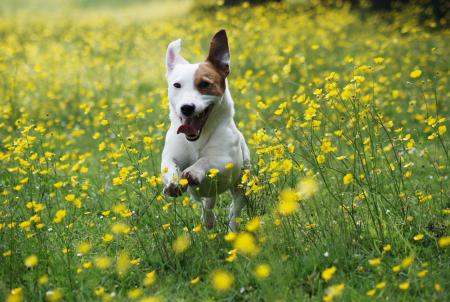
Give treats right away. Giving your dog treats immediately after a run when it hasn’t calmed down yet could upset its stomach and cause it to vomit. Praise your dog for a job well done, and wait until he’s stopped panting and is relaxed to give him some treats.
Let them drink too much water. When your dog is hot and thirsty, it’s possible for them to drink too much water. Don’t let them gulp down too much water during or after a run — drinking too much can cause lead to water toxicity or bloat (from swallowing too much air), which can be potentially fatal.


